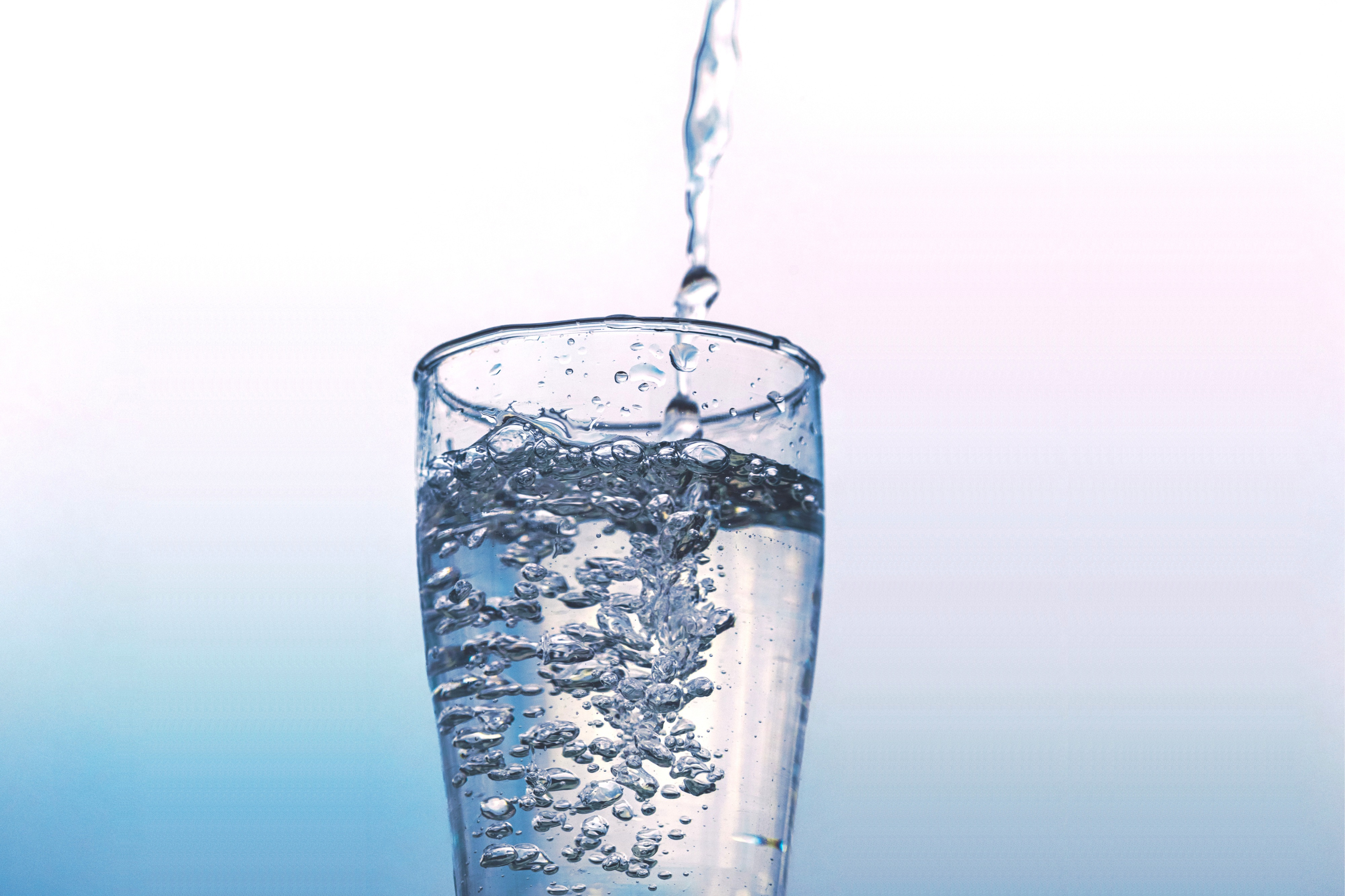Metals in contact with drinking water: EU regulations update about water for human consumption quality. Impact in brass alloys and materials with lead.
A few years ago we informed regarding European regulation referred to quality of water for human consumption, the publication of Directive 98/83/EU of November 3rd 1998. This legislation settled that as of December of 2013 the maximal lead level allowed in drinking water within Europe had to be of 10 micrograms per litre, whereas a transitional regime allowed in the meantime up to 25 micrograms/litre.
Real Decreto 140/2003 implemented this Directive in order to legislate in that regard in Spain, as it is mandatory for EU estates members. A few years later this RD was partially repealed by RD 908/2018 of August 2nd, in both cases regulations about water quality in the same terms indicated by the Directive.
A new Directive entried into force in 12/01/2021, Directive 2020/2184 of December 16th of compliance no later than 12/01/2023. This one establishes a new parametric value for lead of 5 micrograms/litre to be fulfilled at the very latest in 12/01/2036, at least from the supplying point of the house distribution system. The elaboration of a new Real Decreto is now a project.
Regarding the analysis of allowed materials for drinking water distribution, a new report (2021) of the Evaluation Criteria Document for metallic materials in contact with drinking water by the Federal Environmental Agency (UBA), from the agreement of 4MS (Four Member States) in order to harmonize the different legal frameworks within Europe, ratifies that are approved for manufacturing fittings and accessories for fluids the following brass alloys:
- CW614N (CuZn39Pb3), where lead is in the range 2,5%- 3,5%: approved alloy. Normally used for manufacturing turned fittings.
- CW617N (CuZn40Pb2), where lead is in the range 1,6%- 2,2%: approved alloy. Normally used for manufacturing by hot forging.
In Rafael Márquez Moro y Cía., S.A., always concerned about the quality and safety of our products, both technically and human and environmental health, we use brass CW614N and CW617N in our manufacturing processes. We are up to date to any new legistlation in that regard, so our items comply and will continue to comply with the requirements of quality and safety that both the market and the regulator demands for products in contact with water for human consumption.
Sources: https://boe.es and UBA's agency at https://www.umweltbundesamt.de/en

